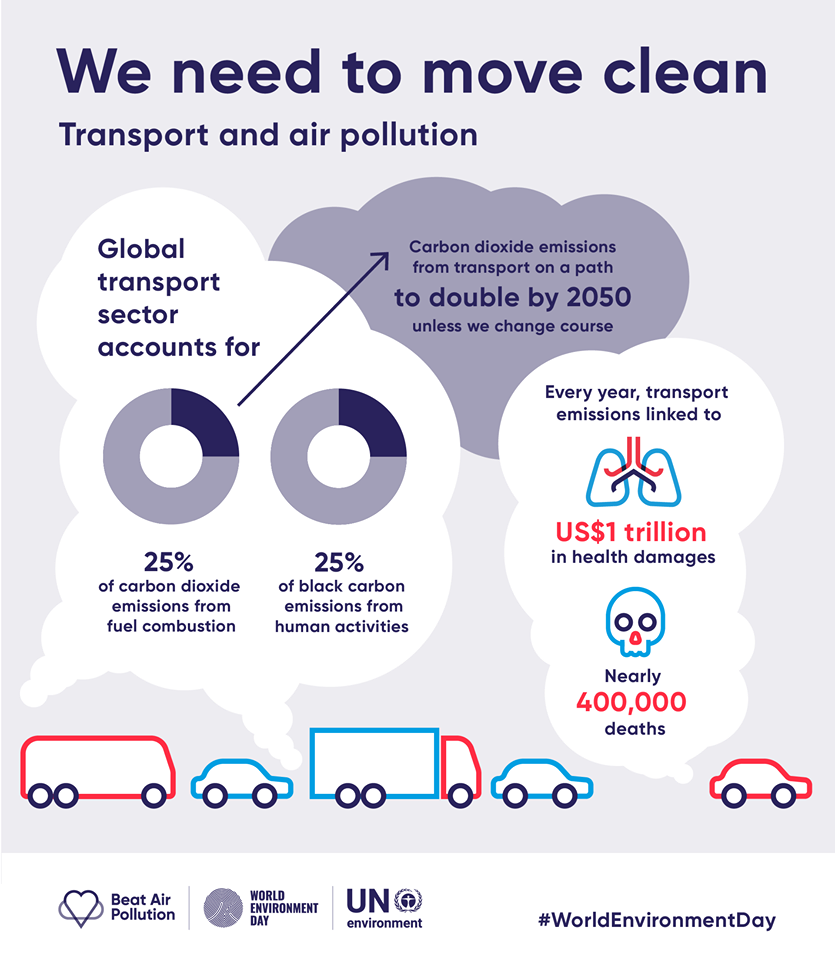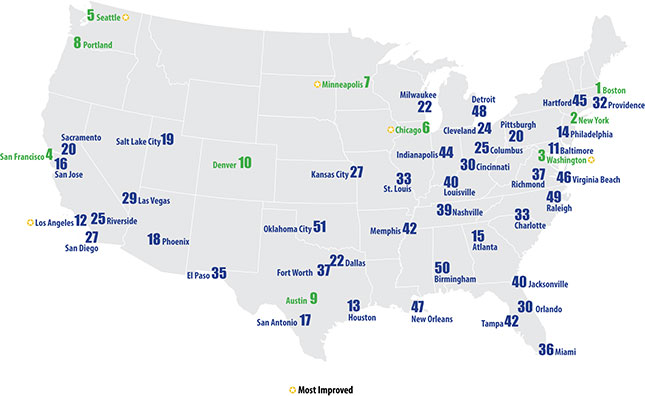The 2022 Lawnmower Exchange is Almost Here!
Salt Lake City residents can pre-register now to swap out their polluting lawnmowers for an electric upgrade
.
The State of Utah’s Lawnmower Exchange is back, and Salt Lake City will once again be participating!
In case you didn’t hear about last year’s lawnmower exchange, the program consists of residents exchanging their gas-powered mower for a (max: $299) coupon for an electric mower.
You might be wondering: Why lawnmowers? Lawnmowers are a significant source of air pollution. In terms of emissions, running a gas-powered lawn mower puts out the equivalent criteria pollution to driving a car 64 miles, according to the Division of Air Quality.
Switching to an electric mower is much cleaner. They’re easier to maintain and quieter to operate too!
Launching and funding this program every year is one of Mayor Mendenhall’s goals.
Last year, we provided funding for the exchange of 509 mowers, removing 4.02 tons of pollution from the airshed each and every year.
This year, our goal is to swap out 1,000 gas-guzzling mowers for clean electric options.
The 2022 Lawnmower Exchange
Switching to an electric lawn mower is a small way that you can make a big impact on our air quality.
Program highlights:
- This year, the program is a coupon-based program ($299) for the online purchase of an electric mower of your choice through the vendors Home Depot or Redback.
- FIRST, enter the lottery through our Salt Lake City resident pre-registration form NOW, or by signing up on the State’s website beginning at noon on April 4.
- The State will notify you via email on Wednesday, April 6 if you have been randomly selected to participate.
- SECOND: If you were selected, recycle your mower by taking it to a metal recycler OR by scheduling a pickup through Call 2 Haul.
- After your mower has been recycled, you will receive a recycling verification number. Enter it on this site to unlock your coupon code.
- THIRD: ORDER ONLINE: Once you select a vendor (Home Depot or Redback), you cannot change your mind and pick a different vendor! Input the coupon code at checkout.
- You will have through April 17 to place your online order. Coupons will be invalid after that point.
- $299 coupons will not work on an electric mower retailing less than $299.
For more information, visit slc.gov/sustainability/lawnmower/.
If you are not a Salt Lake City Resident, sign up at lawnmower.utah.gov on April 4th at 12pm.
Thank you for helping improve air quality!



















